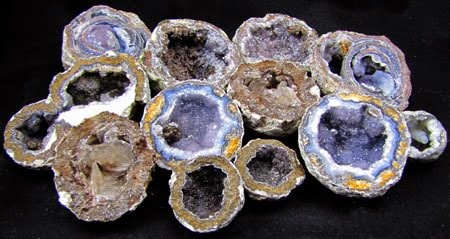Planet of Exiles is a story of two different peoples, one light-skinned and one dark-skinned, who are faced with a crisis of existence and must find a way to work together or perish. Given that the author penned the work in the 1960s at the height of the civil rights movement, the choice to make the two peoples black and white cannot be a coincidence or anything other than a well-thought-out choice.
Without spoiling the story for you (and I recommend that you read it), I will mention many of the features of the plot that examine and perhaps turn on its head what we experience in our race relations.
Most notable is how both peoples regard themselves as human and the other as something less even though they both share the same body form and function with the same intelligence. Le Guin lets us wonder until halfway through the novella when we learn that the black people are immigrants to the planet from the League of All Worlds. That reference clues the reader to her first book, where the League of All Worlds is the interplanetary allegiance and government formed by humans from Earth after they colonized other planets.
The black people have the true claim to the label 'human.' They call the white people, native to the planet, hilfs. As the League humans explored planets, they catalogued the species they found. Hilf means a highly intelligent life form. When the white people hear the acronym, they bristle as they think it is an insult.
The black immigrants are immune to the diseases that plague the native peoples. This is explained by a doctor that both people are almost identical in their genome. There is only one variation, but it is enough so that the immigrants cannot be sickened by the planet's bacteria and viruses. However, it also prevents the two races from conceiving a child together.
Both peoples are under threat from another life form that is retreating through their lands into southern places as a long winter is arriving. (The planet's orbit around its sun results in seasons that we are told last for 24 years of our time.) These Gaal are doing something new. Instead of raiding and passing through, picking off the vulnerable but avoiding the strongholds of walled cities, they are organized and attacking the cities. The Gaal are committing genocide and taking over the cities.
A black leader proposes an alliance with the white people. But it goes awry due to a love affair between the leader and a white girl. As a result, the only chance both peoples have to turn aside the Gaal is squandered as the white people react with rage and refuse to cooperate.
Later, as the Gaal sack the white city, the black people attack them and rescue as many white people as possible. They regard it as an essential responsibility that springs from their very humanity.
As the story ends, the doctor and others are left to wonder at the disease that is claiming the lives of their people wounded in the battles with the Gaal. A young white woman, the lover and now wife of the black leader, explains that they are observing the planet's diseases kill.
Does that mean that the black humans are evolving? Does that mean that the black leader and wife will be able to conceive children after all? Is that a good thing? How will both peoples react?
Le Guin leaves us wondering as we finish the last page of her story.
